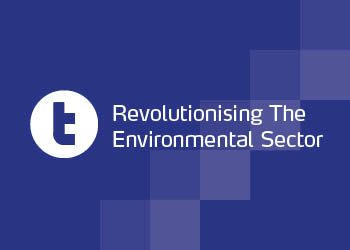A scientific competition run by the Confederation of European Paper Industries (CEPI) has suggested that a new form of solvent could lead to papermaking at much lower temperatures.
Out of eight potential projects that could all mean reduced energy use in the papermaking process, deep eutetic solvents were identified as winner and most likely to radically change pulp and paper production.
Two teams of scientists have been working on ideas for the past year and deep eutetic solvents won because they break down biomass at low temperatures into constituent parts that could then be used in the paper and pulp industries.
Currently, high temperatures are required and this uses a huge amount of energy.
CEPI director general Teresa Presas said: “The results are beyond expectations. While we have announced a winner, we are confident that all the shortlisted concepts have an important role to play. We believe the teams have found the key to the largest industrial breakthroughs in our industry. Now policy must be developed to support the development of these technologies.
“Policymakers once thought targets could be met with existing technology and behavioural change. That is wrong. Breakthrough technologies are needed to meet low carbon targets. Investments in innovation need to focus on breakthroughs, not on incremental growth. CEPI’s Two Team Project perfectly illustrates this.”
The full eight projects (as described by CEPI) were:
Deep Eutectic Solvents
Deep Eutectic Solvents (DES) produced by plants, opens the way to produce pulp at low temperatures and at atmospheric pressure. Using DES, any type of biomass could be dissolved into lignin, cellulose and hemicellulose with minimal energy, emissions and residues. They could also be used to recover cellulose from waste and dissolve ink residues in recovered paper.
Flash condensing with Steam
Waterless paper production? Very nearly. Largely dry fibres would be blasted into a forming zone with agitated steam and condensed into a web using one-thousandth the volume of water used today.
Steam
Using more energy to use less? You read it right. Using the full power of pure steam for superheated steam drying would save energy as most heat could be recovered and recycled. Steam will then be used as fibre carrier for making and forming paper.
Supercritical CO2
Neither gas nor liquid but somewhere in between, Supercritical CO2 (scCO2) is widely used in many applications, to dry vegetable, fruits and flowers, extract essential oils or spices. Suppliers for large consumer items use it to dye textile. Coffee and tea have been decaffeinated with scCO2 since the early 80s. We could use it to dry pulp and paper without the need for heat and steam, and why not dye paper or remove contaminants too, while we’re at it?
100% electricity
Shifting pulp and paper production to energy-efficient technologies using electricity rather than fossil fuel power to generate heat will cut all CO2 emissions as the power sector shifts to renewable energy. The sector would also provide a buffer and storage capacity for the grid, storing energy as hydrogen or pulp.
DryPulp for cure-formed paper
Imagine a papermaking process that uses no water. This is it. Fibres are treated to protect them from shear, and then suspended in a viscous solution at up to 40% concentration. The solution is then pressed out and the thin sheet cured with a choice of additives to deliver the end-product required.
Functional Surface
The key to unlocking greater added value from fewer resources depends on a shift to producing more lightweight products, and selling surface area and functionality rather than weight. Advances in sheet formation and new cocktails of raw materials will lead the way to the lightweight future.
The Toolbox to replicate
What about the great ideas that never make it? Put together a combination of process, material and equipment innovations as a toolbox of stepping stones to 2050 and the pathway becomes clearer, boosting sector and investor confidence.












